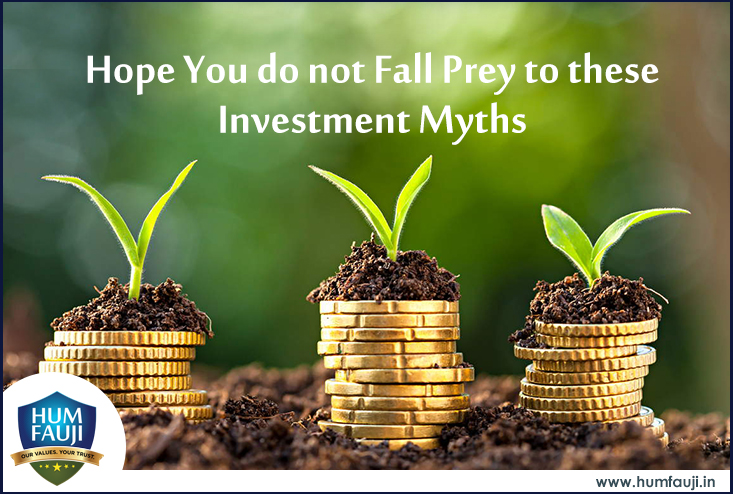Retirement marks the beginning of a new phase in an individual’s life. It’s a transition from a lifetime of work to a time when one can relax, spend time with the family and pursue other interests, which somehow take a backseat when on a regular job. Not only this, retirement also marks a transition in one’s finances. With a regular stream of income no longer available, the savings made over one’s working years now have to provide for all his needs. Even if one decides to go in for a second career (eg, in case of Defence Officers who retire early or others who may find another job in private sector due to skills acquired during working life), it will be for a limited period of time till, say, 60-65 years of age. Taking a life-expectancy of 85 years, there are still 20-25 years of non-earning life to be lived, with a challenge of increased expenses (large number of career-related perks not available now) and desire to maintain at least the same living standard as while earning. For such investors, capital protection and liquidity are priorities. In this article we profile some investment avenues that retirees can consider adding to their portfolios.
Retirement can be an ugly word if you do not have an investment plan and have no idea how inflation can deplete your finances. But it need not be if you can ensure a steady flow of income that can sustain you for 20-25 years after retirement. How does one go about it? First assess the amount you need per month depending on your expenses and lifestyle. Then, based on your corpus and risk appetite, opt for an appropriate scheme. Instead of investing in a single scheme, do so in a bunch of instruments, which not only assure regular income but also allow your corpus to grow in tandem with your withdrawals and rising inflation. This strategy should alter with age or stage of life after retirement. So, for the first six to eight years after you retire, allow your funds to grow at faster rate than the withdrawal. Even as you use the interest earned through debt options to meet your expenses, invest in equity through mutual funds or monthly income plans. In the next 10 years or so, your withdrawals should broadly match the growth of your portfolio. As you look at a higher monthly income through systematic withdrawal plans, you can reduce your exposure to equity. Beyond this period, you can use more of invested capital and significantly reduce the focus on growth. If you are not able to sustain the corpus and own a house, opt for the reverse mortgage scheme
Notwithstanding the above, there is a misconception amongst such investors that one should invest only into extremely safe avenues on or nearing retirement. It has to be kept in mind that the primary aim of all investments is to make the money grow more than inflation, and this aim remains constant, whether you are still working or retired. To explain this, consider Indian scenario where the average long-term annual rate of inflation is about 8%, implying that whatever costs Rs 100 today, will cost Rs 108 next year. Thus, if your income-tax adjusted returns are not anything more than Rs 8 per year on that Rs 100, then the actual worth of your money is effectively getting eroded each year. The wider implication of this is that, while your expenses will rise with inflation, you will have lesser money available each year and a time will come when a cut-back in the standard of living will become imperative. The only investments that make it possible with adequate liquidity are necessarily equity-related like stocks, mutual funds and ULIPs. However, one has to take a call on how much risk is acceptable to him/her. Those retiring from a job which provides them a pension, like Government employees, are a bit lucky as they get pension on retirement; but there is one negative thing attached with this – pension keeps people in illusion that pension will be sufficient for them to have a comfortable retirement for all their expenses like household expenditure, leisure activities, vacations, repairs & maintenance of house, social obligations and maybe some liabilities which are still balance to be tackled.. They forget that pension will be close to half of their income, the basic pension gets frozen with only DA rising over the years (except maybe on a Pay Commission review) and that the expenses that are currently borne by the exchequer, are not available after retirement.
Ideally, the entire corpus available with an individual on retirement (as also additional monthly investments, till the capability exists) should be related to individual goals like children’s education and marriage (whatever liability is still balance at the time of retirement), steady and steadily increasing regular income, vacation expenses, social obligations etc, and availability of enough liquidity in investments so that emergency requirements can be easily met. To this end, the money available needs to be invested in an array of instruments which meet the desired financial goals while still taking only those risks which are acceptable to the investor.
Likewise, the retiree’s requirements will also play an important part in the portfolio creation. For example, a retiree who is well off and supported by his family may not need to fend for himself. Instead he might be keen on investing for his grandchildren and other family members. In such a scenario, the investment tenure goes up, as does the opportunity to take on higher risk; equity-oriented funds emerge as a very feasible option for a longer time-frame.
Finally, don’t undermine the importance of a qualified and experienced investment advisor. Powered by expert advice and prompt service, a good investment advisor can ensure that your post-retirement investments become a hassle-free affair.
Visit our Blog, https://humfauji.in/blog or facebook page http://www.facebook.com/HumFaujiInitiatives or follow us on Twitter https://twitter.com/#!/humfauji to get latest insight on matters financial














Leave a Reply